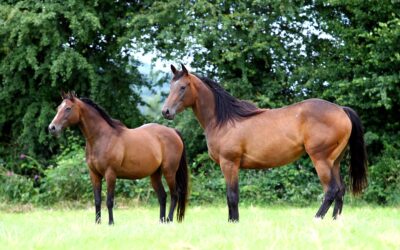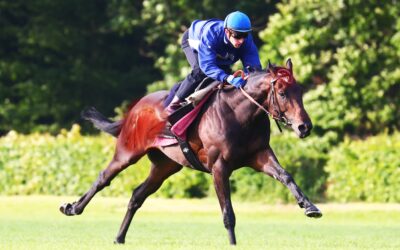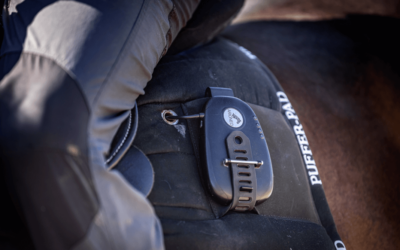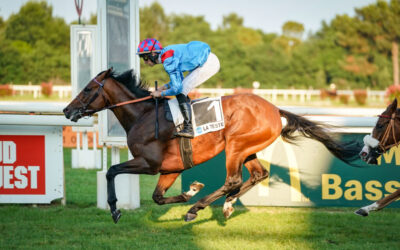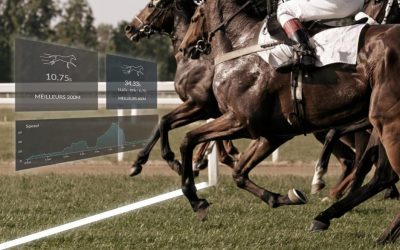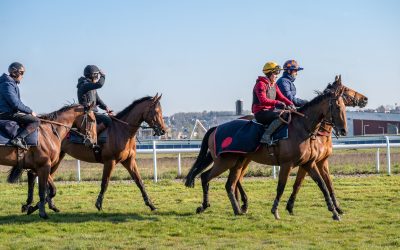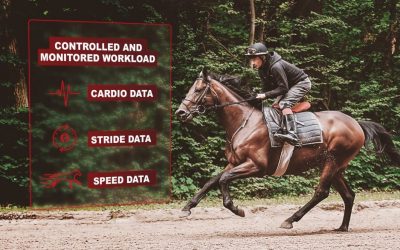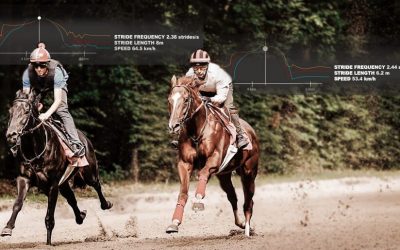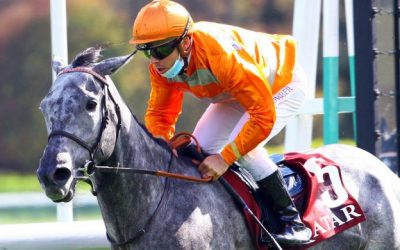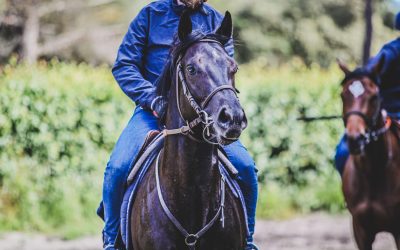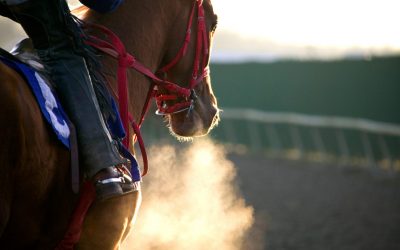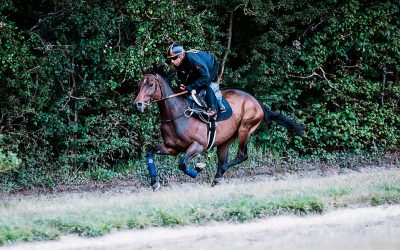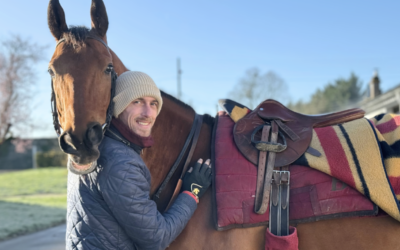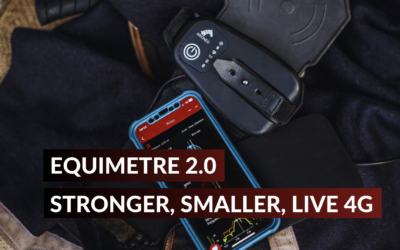EXPLORE OUR BLOG
Here you will find a lot of information to better understand performance and health measurements as well as tips about racehorse training and well-being.
LATEST ARTICLES
Breaks in racehorses: how to proceed?
The break in a racehorse is a period of rest. With performance being the key to success, the importance of a proper break for horses may arise. In this article, we will explore in detail the concept of the ‘break’ in racehorses and explain why it is a crucial element in maximising their performance.
Michael Keady’s Equimetre experience
We had the chance to talk with Michael Keady, co trainer at Murphy and Keady Racing. He shared with us his experience with Equimetre, and how he integrated it into their daily work with horses.
Tom Fanshawe’s Equimetre experience
We had the chance to talk with Tom Fanshawe, assistant trainer for James Fanshawe in Newmarket. He shared with us his experience with Equimetre, and how he integrated it into their daily work with horses.
Muscle memory in the athletic horse
During training, the horse engages what is known as his muscle memory, so that his muscles are able to carry out the effort almost automatically. However, the source of this memory is not in the muscle, but in the brain.
Equimetre feature #1 – The comparison tool
The comparison tool, designed for quick and easy use, will enable you to analyse your horses under similar training conditions simply by selecting the same training day, the same type of work or the same intensity.
Locomotion data: what’s in it for the day-to-day work?
Locomotion data helps us to understand how a horse moves around the track, providing valuable information about its physical ability, fitness and potential. Every horse has its own stride, and the way in which its canter is constructed varies little throughout its life. By looking at the parameters of cadence and amplitude at a fixed speed, we can obtain indications of a horse’s theoretical preferred distance.
BROWSE AMONG OUR CATEGORIES

Equine Physiology

Testimonials
Racehorse training
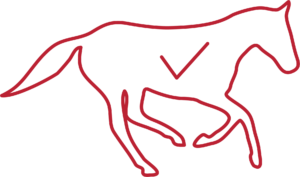
Young racehorses
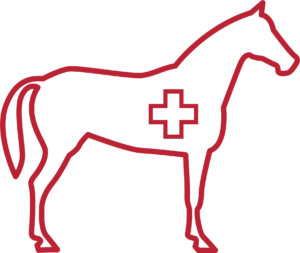
Health & Science
Standardbreds
EQUINE PHYSIOLOGY
No Results Found
The page you requested could not be found. Try refining your search, or use the navigation above to locate the post.
RACEHORSE TRAINING MONITORING
7 reasons to train racehorses with a finish line
You want to train your racehorses with a connected finish line ? Discover 7 good reasons to adopt this technology thanks to Arioneo !
Compare two debutant horses : How to use it ?
Discover how to compare two debutants horses to enter them at the right time and on the right race. This very important step allows you to ensure the safety and performance of your racehorses.
Introduction to balneotherapy for athlete horses
This article puts to light the novator balneotherapy treatments for horses. Wether it is used for recovery, wellbeing or performance, this method is gaining in momentum. Discover the pros and cons of this athlete horse healthcare method.
Why quantify the racehorse’s training workload?
Discover why quantifying the racehorse training workload has become necessary nowadays: measure the progress, collect data, complete your feeling…
Racehorse acceleration: stride length or stride frequency?
The horse’s stride is the source of speed. Locomotion data analysis provides insight into how a horse achieves a specific speed…
Skalleti | Behind the scenes of his training with Jérome Reynier
After a breathtaking victory of his horse Skalleti, Jérôme Reynier agreed to come back with us on the history of this horse, his training and his challenges.
EQUINE HEALTH & SCIENCE
How to prevent pathologies in racehorses? Two concrete examples
Early pathologies detection in racehorses is a challenge for the horse racing industry. Discover data driven concrete example from the EQUIMETRE community.
Performance loss in the racehorse: the role of the ECG
In order to detect the elements influencing the performance of the athletic horse, it is interesting to analyse its evolution during an exercise because things that do not occur at rest can appear.
Using tangible data to understand racehorse’s underperformance
Discover how to diagnose underperformance thanks to the analysis of tangible data.
YOUNG RACEHORSES MONITORING
No Results Found
The page you requested could not be found. Try refining your search, or use the navigation above to locate the post.
STANDARDBREDS TRAINING
No Results Found
The page you requested could not be found. Try refining your search, or use the navigation above to locate the post.
TESTIMONIALS
Glen Braem’s Equimetre experience
During a video conference interview, Arioneo’s team had the opportunity to speak with Glen Braem and discuss his use of Equimetre.
Antoine de Watrigant’s Equimetre experience
Antoine De Watrigant, trainer at Mont-de-Marsan, in the south-west of France, find out how he uses Equimetre and data.
EQUIMETRE 2.0 | Our sensor’s big changes
In Equimetre 2.0, Arioneo’s Chief Technical Officer Thomas tells us about the changes made in this new sensor version.

